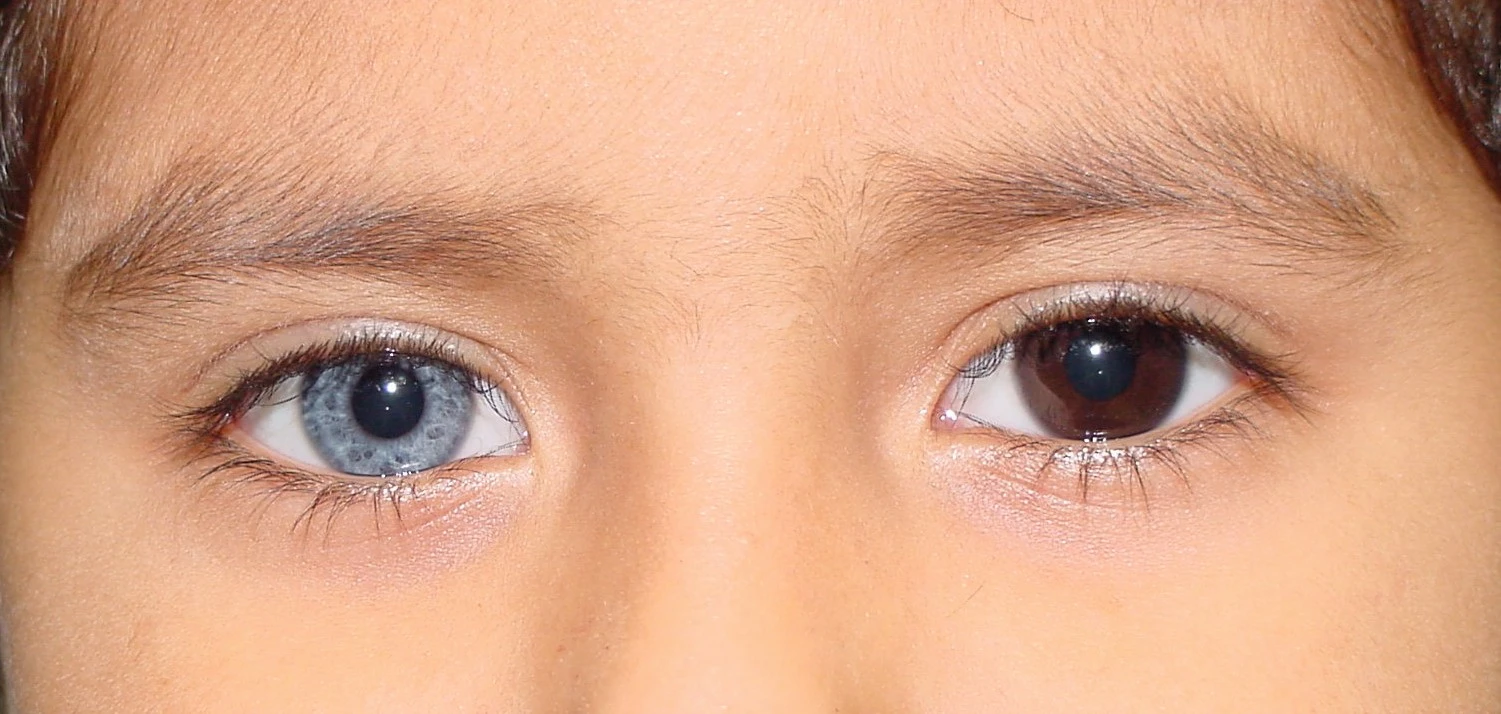Heterochromia
July 12, 2013
July 12th is Heterochromia Awareness Day. Only 11 out of every 1,000 Americans have heterochromia, a condition that results in two differently colored eyes. This trait is commonly found in animals and is relatively rare in humans. One eye can be blue, while the other hazel. Or one eye may be brown while the other is blue. The condition can be hereditary and harmless or it can be caused by a disease or syndrome like neurofibromatosis, which is when tumors form on nerve tissue within the nervous system. An eye injury, serious infection or inflammation may also cause heterochromia.

There are different types of heterochromia - complete, sectoral and central. When each eye is an entirely different color, this is known as complete heterochromia. Central heterochromia occurs when there are two colors in the same iris. A section of one eye that is a different color from the rest of the eye is called sectoral heterochromia.
Be sure to contact your eye doctor if you notice any new changes in the color of your eyes as a sudden discoloration may be an indication of a serious medical issue.



